The folks at Beveridge Place Pub get it. Sorry hop haters, but during November West Seattle’s beloved beer haven celebrates Hopvemberfest, a month-long festival of IPA that helps the pub determine what beer reigns as the house IPA for the coming year. For IPA aficionados it’s a glorious time of year.
For the first two weeks of November they’ll rotate through a selection of 48 Washington-brewed IPAs, with 24 on tap at any given moment. Along the way, pub patrons cast ballots for their favorites. The second half of the month sees the top eight vote-getting beers compete tournament-style until a champion is determined.
The winning beer will become the always-on-tap IPA at the pub for the coming year. It’s a lucrative contract/prize for the winning brewery: a year’s worth of guaranteed sales that can amount to as many as five kegs per week. Like I said, serious business.
And speaking of business, let’s have a frank discussion about the important role of IPA in the craft beer industry. If you openly despise the stuff, and I know there are beer geeks out there who do, then you need to check your attitude. If you are one of those IPA-contrarians who thinks that IPA’s popularity is interfering with your ability to drink other, more adventurous styles of beer, think again. You might have that exactly wrong.
THE ROLE OF IPA IN THE BEER INDUSTRY
In 2017 consumers spent just under $1.3 billion on IPAs, which marked a 16 percent increase from the previous year. As a result, IPA accounted for 31.7 percent of all off-premise craft beer dollar sales, based on IRI data. Basically, grocery store sales. There are dozen of different styles of craft beer, yet IPA accounted for nearly a third of all sales.
It should be noted that IPA is all over the map these days. A Milkshake IPA is nothing at all like a Brut IPA, a Hazy IPA is quite different than a West Coast IPA, and so on. This variety within the style may help account for its increasing popularity.
So who is drinking all of this IPA?
NOT YOUR GRANDPA’S CRAFT BEER
A recent article in The New Brewer* focused on an emerging and important breed of craft beer consumer, the “IPA-centric drinkers.” In identifying and researching this new subspecies of beer drinker, Mike Kallenburger learned some interesting things. For instance, he learned what does and does not matter to the IPA-centric drinker. If you’re reading this now, it is very unlikely that you fit into this new category of consumer. Your interest in this blog probably disqualifies you.
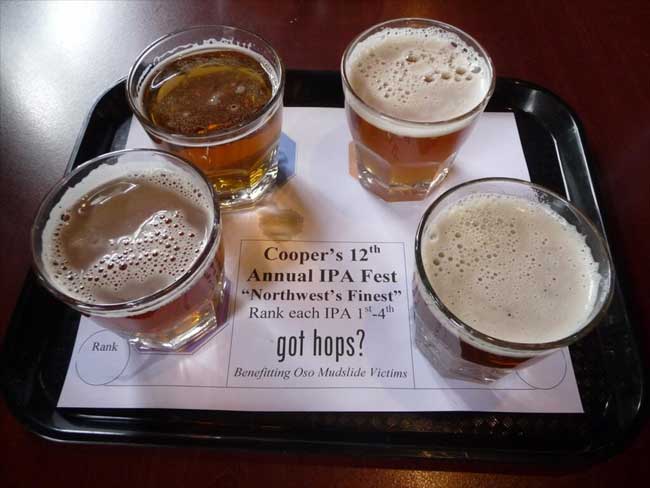
The IPA-centric drinker bucks a stereotype. “Adventurous drinkers,” as Kallenburger refers to us, tend to focus on the newest thing and the wildest flavors. We go to special tasting events, visit breweries, talk to brewers, and read magazines. It’s not enough to simply drink and enjoy a beer, we want to know details and we want to challenge our palates to accept new things. We are still an important part of the craft beer marketplace, but it seems we’re not as big a part of the craft beer marketplace as we once were. The audience has grown, but not exclusively with hardcore beer aficionados like us. I think we all recognize this intuitively.
“Most craft drinkers are fairly eclectic when it comes to styles, although of course there are exceptions,” says Kallenburger. “But IPA-centric drinkers seldom venture to other styles. (In fact,
we might even call them “IPA-myopic.”)”
It should be noted that plenty of IPA drinkers are beer nerds to some extent. They know the difference between the various types of IPAs and are often well-versed when it comes to hop varieties, for instance. The IPA-centric drinkers are a subset that is even more focused on IPA than typical hop-head beer nerds.
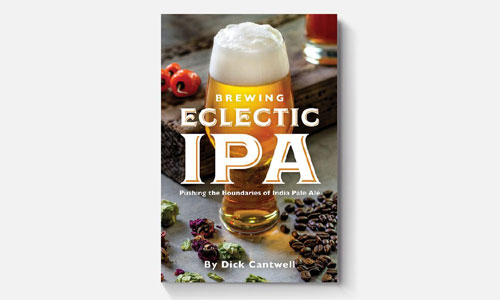
Unlike beer aficionados who happen to drink IPA, the IPA-centric drinker does not care about any of the details. They don’t care about who owns the brewery, what kind of hops were used in the recipe, or any of the other things that matter so much to adventurous beer drinkers. They drink what they like and that’s their only concern. They are not necessarily brand loyal in the same way your grandfather was loyal to Rainier Beer or Blitz Weinhard, but evidence does suggest that they are loyal to the style.
“For them, IPAs (but not craft beer more generally, at least not yet) have become ubiquitous and familiar enough that they can and do drink the style exclusively as part of their desire for what’s safe and predictable,” says Kallenburger.
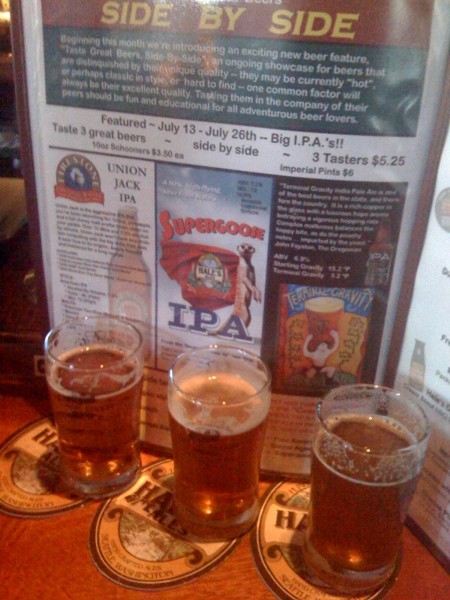
I have several friends who fall into this category: they drink nothing but IPA. One very positive attribute of my IPA-centric friends, and I don’t know if this is common among all IPA-centric drinkers, they are fiercely loyal to craft beer. If there were such a thing as Budweiser IPA, my IPA-centric buddies would not drink it. They recognize the value of independence. In part, that’s because of me.
“Play Some Skynyrd, Man!”
For whatever reason, IPA strikes a chord with a growing portion of the beer-drinking public. We may never understand why. It could be argued that the rising popularity of IPA drove the brewery boom of the past ten years. Or vice versa. It’s a chicken-or-egg thing.
In the past decade the number of breweries in Washington has grown from about 100 to over 400. At the same time, growth across the nation has outpaced even those remarkable numbers, from about 1,500 breweries in 2008 to about 6,700 breweries in 2018. In the same time span, IPA has also skyrocketed in popularity.
Whatever the case, if you’re an adventurous beer drinker—as people like you and me have now been labeled—you should appreciate the contribution of the IPA-centric drinkers to the craft beer industry. Don’t mock them or begrudge them. They are not the majority of craft beer drinkers yet, but along with the throngs of adventurous beer drinkers who often lean toward IPA, they are paying the bills these days. Remember, there are dozens of different styles out there, but one out of every three craft beers sold is an IPA.
I would never dream of telling someone how to operate their business, but if I owned a brewery I would never run out of IPA, and especially not in my own taproom. I wouldn’t want to disappoint such a large segment of the audience. Imagine going to a Lynyrd Skynyrd concert and the band doesn’t play Free Bird. Likewise, if I owned a bar, I would welcome these IPA-centric drinkers with multiple IPA options and gently nudge them towards a higher level of beer geekery.
We adventurous beer drinkers need to recognize that West Coast IPAs, Hazy IPAs, Imperial IPAs, Brut IPAs, and Newfangled Whatchamacallit IPAs just might be the funding mechanisms behind a brewery’s other, more creative endeavors. As for me, I like it all. More IPA, more adventure. Bring it on.
*The New Brewer, the journal of the Brewers Association, is published bi-monthly. The New Brewer (and additional copies for staff) is included with a paid Brewers Association membership.

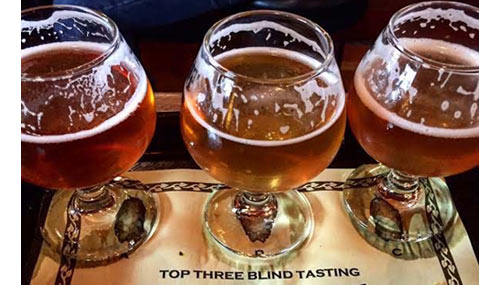

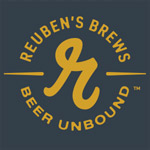
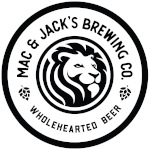


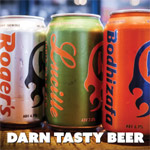
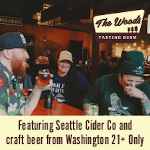
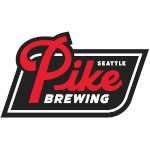
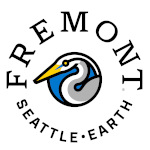
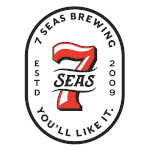
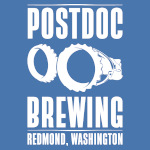
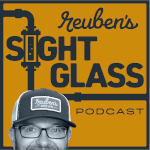
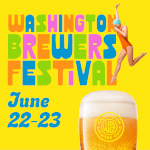
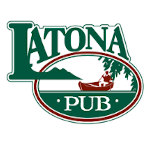

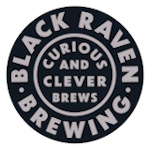


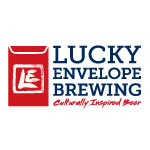
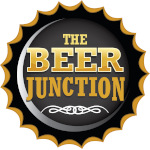







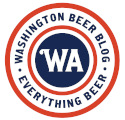
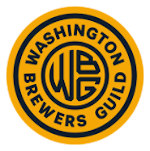
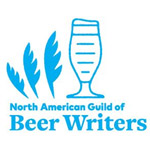

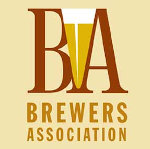
One of the biggest eye-openers for me in 15 years of being involved in craft beer in one way or another was a few years back when a guy I’d never seen before walked into our taproom and right up to the bar: “I’ll have an IPA.”
Not “Eagle Harbor IPA”. Not even “your IPA”. Just “I’ll have an IPA.” To him it was a commodity. And an expectation. Before he ever set foot in here, there would be an IPA on tap.
The “adventurous drinkers” you mention I call “The Bubble.” You and I and all the brewers and homebrewers and beer geeks reading this inhabit The Bubble. When I get a poor Untappd rating it’s from someone in The Bubble. But when I look at Quickbooks at the beer that self-righteous aficionado just panned, I see outside The Bubble. Sorry you ragged on that beer as being “boring” and “pedestrian”. We sold 400bbls of it last year alone.
I tell people who complain that we don’t do more barrel-aged, soured, crazy-intense weirdo projects that that kind of thing makes up about 1.5% of our business. IPA keeps the lights on, so that we even get to play around with that stuff. We do that other stuff for the love of the game, not to make any money.
Thanks for chiming in Russell. BTW, everyone else, Russell owns a brewery that has two taprooms.
The Bubble is a good way to put it. As for the people who routinely pan beers they don’t like, but rarely praise beers that they do like, I have another word for them.
“Newfangled Whatchamacallit IPA” you should ™ that!